This post contains affiliate links. As an Amazon Associate, I earn from qualifying purchases, but your price is not affected.
Caring about our environment involves making some changes in our habits and lifestyles. But that doesn’t mean you need to give up the things you love. You can incorporate healthy habits in your craft when you practice sustainable knitting.
In terms of sustainability, the practice of making your own clothes—whether by sewing, knitting, crocheting, or weaving—is already better than buying from “fast fashion” brands. Apart from lowering our carbon footprint, the act of making helps us connect with our garments and accessories. We tend to care for and appreciate them more than we might have done otherwise. When you learn how to knit, you can also learn how to do it sustainably.
But if we want to make even more environmentally-friendly choices, there are many easy and budget-friendly options out there. In this article, we’ll focus on an impactful change you can make to the overall sustainability of your knitting practice. I’m talking about selecting sustainable yarn for your projects.
What Makes A Yarn Sustainable?
The many varied elements of sustainability can be daunting. When we think about what makes a sustainable yarn, we might consider fiber production. Did the company waste a lot of water during production? Did they use potentially toxic pesticides? And was the fiber grown and spun in the same country as you?
We might also consider if the yarn is animal friendly. We should also ask if the company has transparent environmental and sustainability policies and reports. The key to gaining and maintaining sustainable knitting practices is to keep learning. Stay curious about what you are consuming, and don’t be too hard on yourself.
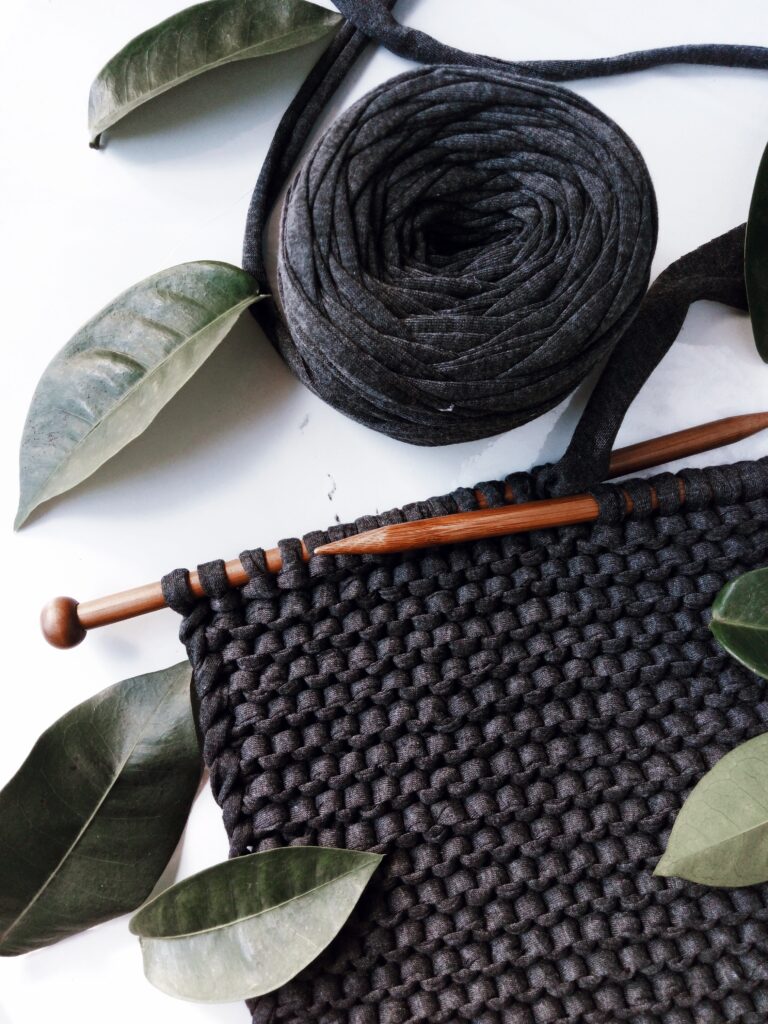
Embrace Thrifted and Second-Hand Yarn
The production of any kind of fiber has a carbon footprint. Producing yarn uses water, energy, land, and potentially toxic chemicals. It may not come as a surprise, but using second-hand yarn is the best option for the environment.
The constant mass production of clothing results in an overwhelming abundance of cheap second-hand clothing. You can find plenty of used clothing both online and in charity shops. Cultural problems aside, this means that finding sustainable yarn options is easy for you and your wallet.
For example, you can buy a second-hand sweater from Goodwill for $5-10. Unravel it to obtain an entire sweater quantity of yarn for that very low price is possible. This is one of the cheapest ways to buy a lot of yarn at once. And you can also feel good about donating to a good cause and reusing materials.
The vast quantity of garments in thrift stores means that you’re likely to find the perfect yarn for a project. It may take two or three trips, but you’ll find all sorts of colors and fibers. Also, note that it is sometimes possible to find huge knitted blankets in charity shops. Once unraveled, they can provide enough yarn to keep you occupied for a year.
Join a Yarn Swap and Destash Group
Sometimes, we buy yarn on a whim without a specific plan for it. Or we bought the yarn a long time ago when our taste in color and fabric was different. So, we have piles of perfectly good yarn that we know we’ll never use. If you decide you want to rid yourself of this yarn to keep the size of your yarn pantry manageable, you can do so sustainably.
If the yarn is from a popular brand or is good quality, it may be possible to re-sell it online. Learn the best way to store yarn to keep it like new; you can recover some of the original cost. Alternatively, you can donate it to a thrift store to encourage sustainable knitting. Or you might organize a yarn swap with someone else in a similar predicament. For a yarn swap, consider whether you have any knitting friends who might want to swap with you.
Or perhaps there are local knit nights or groups where you can meet other knitters for potential local swaps. Some knitting podcasters host yarn swap groups on Discord occasionally. They facilitate the exchange of yarn people might not otherwise use up.
Alternatively, if you aren’t looking to get rid of yarn but acquire it, look for estate sales in your area. You can often find massive stashes of yarn. You can also find sustainable yarn options online from estate sale auctions or when knitters are conducting a destash themselves.
Explore Vintage or Discontinued Yarns
Another sustainable knitting option is finding yarns that were produced years ago and were never used. You can buy new-to-you vintage or discontinued yarns. Look for private sellers on Etsy, Facebook Marketplace, or eBay. You can be content that your money isn’t contributing to the pollution of the planet or the use of animals.
Support Eco-Friendly Yarn Companies
Reusing existing yarn is the most sustainable knitting practice, but what if you want to buy new?
The examples below only scratch the surface of the sustainable knitting options available. More and more yarn companies are starting to produce their own variations. In addition, small businesses and Etsy sellers are also experimenting with spinning techniques. They find different fiber combinations that make some truly beautiful combinations—an inspiration for us all!
Synthetic Fibers
Synthetic yarns (e.g., acrylic or polyester) may be cheap for the consumer, but they come at an environmental cost. Many synthetic yarns are plastics that are made from chemicals derived from oil. The process of extruding the fine fibers, which are then spun into yarn, requires energy, chemicals, and water. If the resulting yarn sheds, it contributes to the release of microplastics into the environment. Among other problems, this can interfere with the digestive tracts of microorganisms. Microplastics have downstream effects on ecosystems that affect all of us.
But environmental scientists seem to agree that single-use plastics are our society’s main ecological plastic culprits. So presumably, if you’re using acrylic yarn for a project, you are planning to use the end product multiple times!
Acrylic yarn is durable, easy to wash, and doesn’t involve animal cruelty. To cut down on their carbon footprint, a growing number of companies are offering synthetic yarns made from recycled materials. While not entirely ‘new,’ the yarn itself hasn’t been used before and may be a good option for some knitters.
Yarn and Colors Amazing is a DK/light worsted weight yarn on LoveCrafts, using fibers wasted from other acrylic production lines. Lion Brand Re-Spun is a 100% recycled polyester yarn that comes in a range of gorgeous colors. Buying recycled yarns from more prominent companies that also produce new yarn demonstrates consumer interest in eco-friendly options.
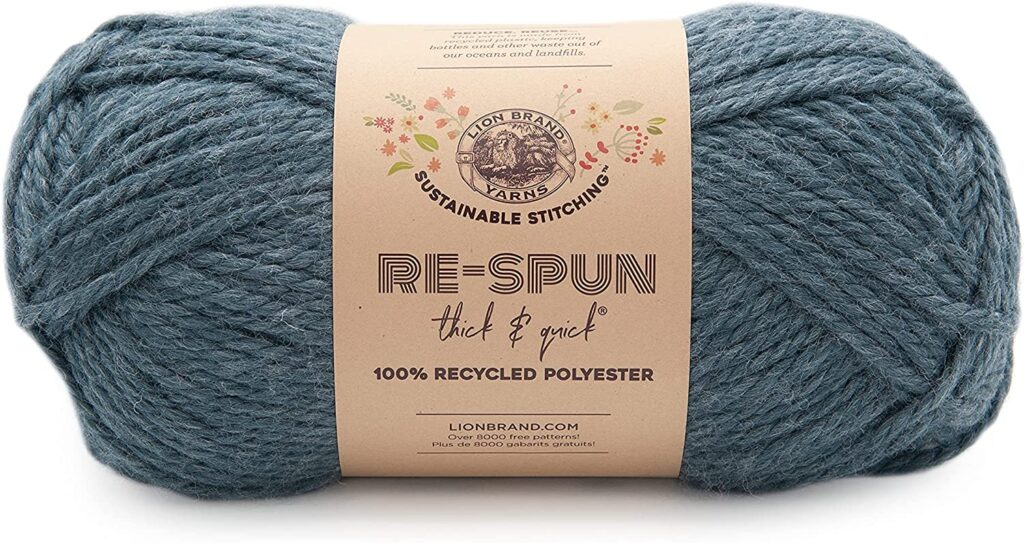
Natural Fibers
If you want to stay away from synthetic materials altogether, there are other, more sustainable fibers to try.
Bamboo
The bamboo plant grows quickly and grows tall. So that means relatively small plots of land can produce a lot of material in a short amount of time. Cellulose from the woody bamboo stems is extruded with the help of natural enzymes. The cellulose fibers are then spun into yarn, often with a certain percentage of another fiber like cotton. This serves to lighten the yarn and keep it from becoming too slippery.
Universal Yarn, for example, blends 50% bamboo fibers with 50% cotton in Bamboo Pop. This gives a soft, lustrous DK weight yarn that’s excellent for slightly stretchy garments.

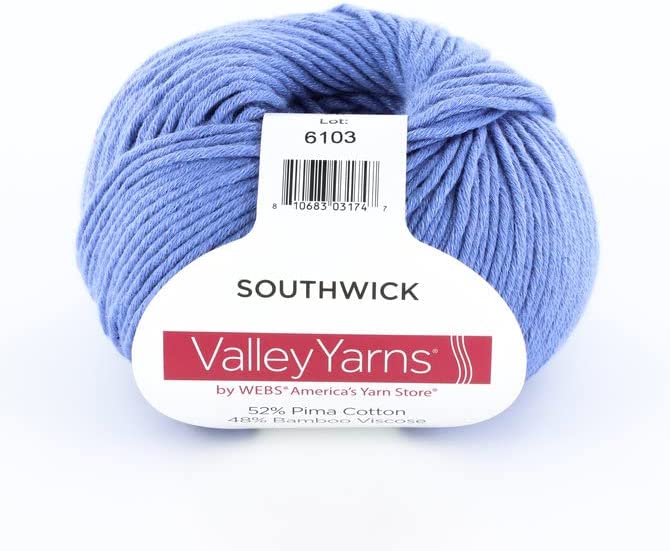
Valley Yarns has also developed a bamboo blend (52% pima cotton, 48% bamboo) called Southwick. We get a DK/worsted weight yarn with a good selection of bright and neutral tones.
Valley Yarns has also developed a bamboo blend (52% pima cotton, 48% bamboo) called Southwick. We get a DK/worsted weight yarn with a good selection of bright and neutral tones.
Eucalyptus
Tencel© Lyocell is a rayon fiber made from eucalyptus wood pulp. Lyocell fibers are developed to be soft on the skin and resist bacterial growth. They’re biodegradable and compostable too!
Go Handmade sells a fingering/sock weight yarn comprising 40% Tencel© and 60% bamboo fibers on Hobbii.com called Tencel Bamboo Fine. If you’re looking for a heavier weight yarn, check out Wool and the Gang. They stock a 100% Tencel© aran/worsted weight yarn called Tina Tape Yarn.
Flax
The most ancient fiber still in use today is flax, from which we obtain linen thread. Rendering linen from the flax plant is a long and complicated process. Still, organic linen is one of the most sustainable fibers available. Flax is a fast-growing plant that requires few (if any) pesticides.
Flax fibers can be used on their own to form 100% linen yarn. Fibra Natura’s Flax Lace is a lace weight yarn with a beautiful selection of jewel tones. Or you can blend them with other fibers to obtain very different textures.
Kelbourne Woolens’ Mojave (60% cotton, 40% linen) is a DK/sport weight yarn. It feels both rustic and soft at the same time. It knits into garments well, without the excessive drape and weight that is associated with a lot of plant fibers.
Juniper Moon Farm provides a 60% cotton, 40% linen blended yarn called Zooey. This soft DK weight is, again, well suited to garments and summer-time accessories.
Hemp
One other fiber to consider is hemp, which—like flax—grows quickly and requires little to no fertilizer and pesticide. Wool and the Gang have developed a 55% hemp, 45% organic cotton blend called Buddy Hemp. This yarn is lofty and soft enough for airy summer garments. In addition, Hemptique provides a more rustic option, Hemp Yarn Balls, made from 100% hemp.
Experiment with Plant-Dyed Yarns
Some of the components used in many chemical dyes can be toxic to our bodies and the environment. And it takes energy to produce them in the first place. To avoid chemical dyes, use undyed yarns as the most environmentally-friendly option. However, that might restrict your color range more than you would like. Buying plant-dyed or “naturally” dyed yarns can be expensive, as they’re often also hand-dyed.
If you have some undyed yarn lying around, it can be the most magical experience to try dyeing with plant or food waste yourself. Many excellent resources are available online that walk you through the process of dyeing yarn. They use things you might otherwise be throwing away, like onion skins and avocado pits.
There are some beautiful books as well. Grow, Cook, Dye, Wear: From Seed to Style the Sustainable Way by Bella Gonshorovitz is one. Harvesting Color: How to Find Plants and Make Natural Dyes by Rebecca Burgess is another. Both are excellent.
Sustainable yarn is good quality, good for the environment, and better for the animals. Please let us know your sustainable knitting experiences in the comments below!
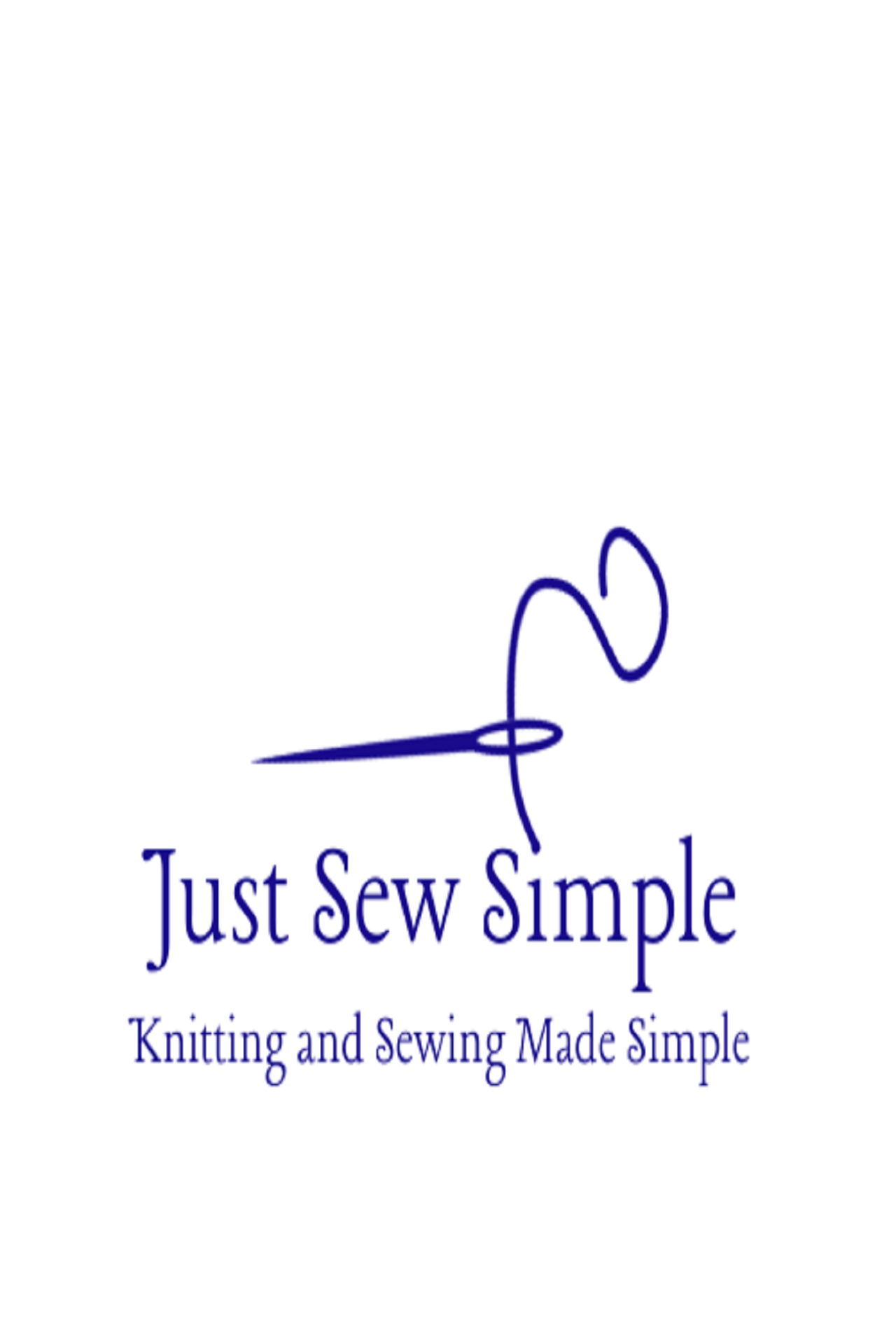
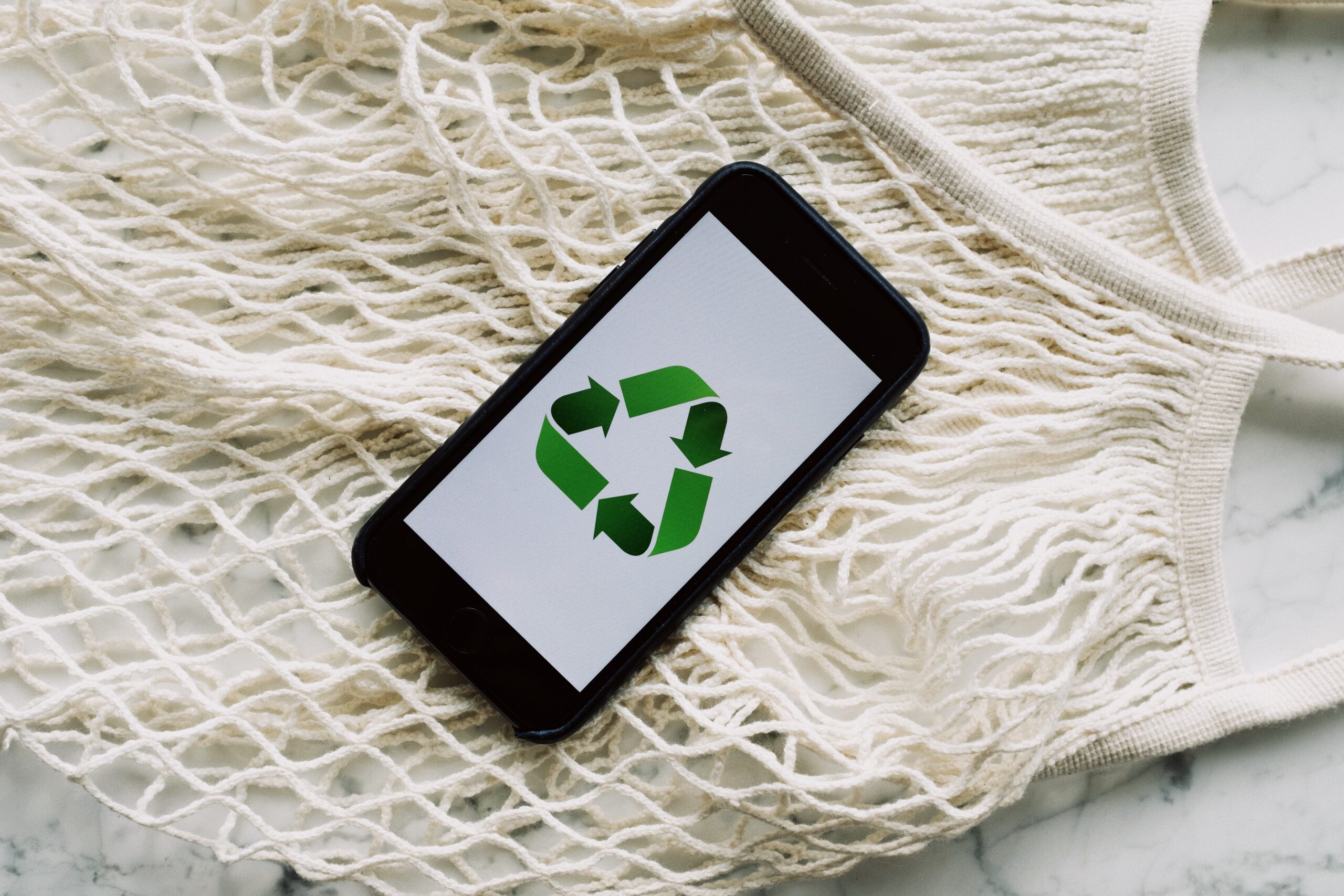
Thank you. So many great ideas here that are kind to the environment. I especially like the yarn swap idea.